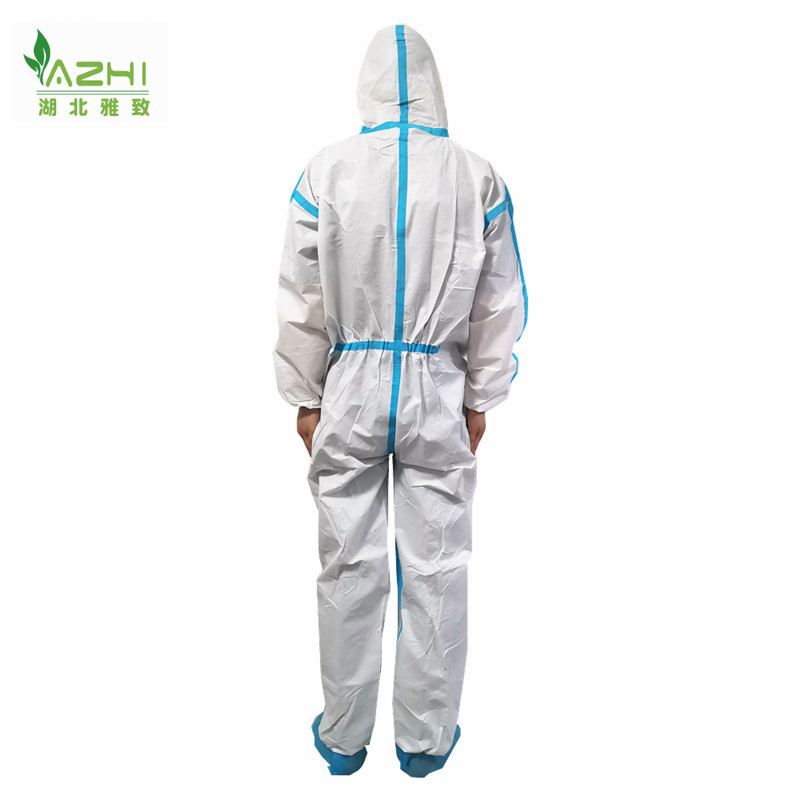News
The Essential Guide to Protective Masks: Safeguarding Health in Everyday Life
Nov 02,2025
Protective masks have become an integral part of our daily lives, especially in the wake of global health challenges. These masks serve as a barrier to prevent the transmission of airborne particles, including viruses, bacteria, and allergens. Understanding the different types of protective masks available and their appropriate usage is crucial for anyone looking to safeguard their health and that of others around them.
There are several types of protective masks, each designed for specific purposes. The most common include surgical masks, N95 respirators, and cloth masks. Surgical masks are typically used in medical settings and provide a basic level of protection against large respiratory droplets. They are fluid-resistant and help contain respiratory secretions, making them ideal for healthcare professionals.
On the other hand, N95 respirators offer a higher level of filtration and are designed to fit closely to the face, filtering out at least 95% of airborne particles. These masks are essential in environments where exposure to hazardous materials is possible, such as healthcare settings during medical procedures or in industrial workplaces.
Cloth masks, while less effective than surgical masks and respirators, can still play a significant role in reducing the spread of respiratory droplets. They are suitable for everyday use, especially in public settings where social distancing measures may be difficult to maintain. It’s important to note that cloth masks should be made of multiple layers of fabric to enhance their effectiveness.
When using protective masks, proper fit and usage are critical. A mask should cover both the nose and mouth without gaps on the sides. It is also important to handle masks with clean hands and avoid touching the front of the mask while wearing it. Additionally, masks should be washed or replaced regularly, depending on the type.
The benefits of wearing protective masks extend beyond individual health; they also contribute to community safety. By wearing a mask, individuals help reduce the overall transmission of infectious diseases, protecting vulnerable populations and alleviating pressure on healthcare systems.
In conclusion, protective masks are more than just a temporary solution; they are a vital tool in promoting public health. Understanding the various types available, their applications, and the best practices for use can empower individuals to make informed decisions about their health and safety. As we navigate through various health challenges, adopting protective measures like wearing masks can play a significant role in ensuring our collective well-being.
There are several types of protective masks, each designed for specific purposes. The most common include surgical masks, N95 respirators, and cloth masks. Surgical masks are typically used in medical settings and provide a basic level of protection against large respiratory droplets. They are fluid-resistant and help contain respiratory secretions, making them ideal for healthcare professionals.
On the other hand, N95 respirators offer a higher level of filtration and are designed to fit closely to the face, filtering out at least 95% of airborne particles. These masks are essential in environments where exposure to hazardous materials is possible, such as healthcare settings during medical procedures or in industrial workplaces.
Cloth masks, while less effective than surgical masks and respirators, can still play a significant role in reducing the spread of respiratory droplets. They are suitable for everyday use, especially in public settings where social distancing measures may be difficult to maintain. It’s important to note that cloth masks should be made of multiple layers of fabric to enhance their effectiveness.
When using protective masks, proper fit and usage are critical. A mask should cover both the nose and mouth without gaps on the sides. It is also important to handle masks with clean hands and avoid touching the front of the mask while wearing it. Additionally, masks should be washed or replaced regularly, depending on the type.
The benefits of wearing protective masks extend beyond individual health; they also contribute to community safety. By wearing a mask, individuals help reduce the overall transmission of infectious diseases, protecting vulnerable populations and alleviating pressure on healthcare systems.
In conclusion, protective masks are more than just a temporary solution; they are a vital tool in promoting public health. Understanding the various types available, their applications, and the best practices for use can empower individuals to make informed decisions about their health and safety. As we navigate through various health challenges, adopting protective measures like wearing masks can play a significant role in ensuring our collective well-being.
Nov 02,2025
Category:
knowledge
Related Information








 Language
Language English
English Español
Español Português
Português اللغة العربية
اللغة العربية





